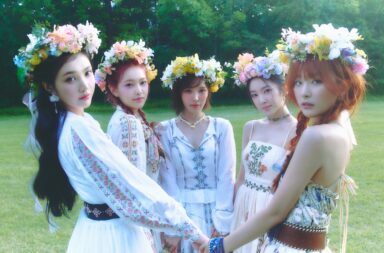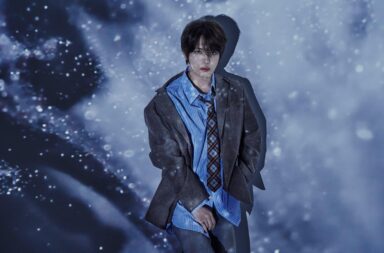BTS really do come into your life when you need them most.
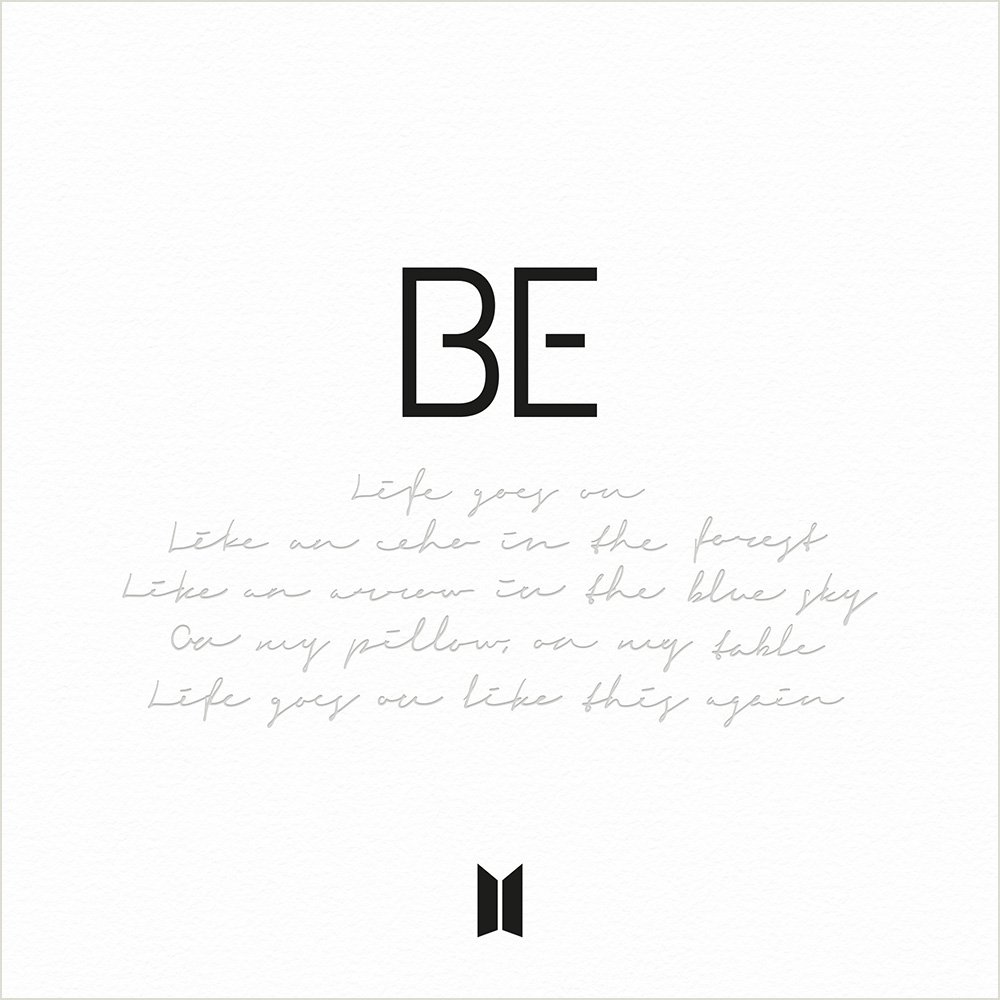
By the late hours of November 19 my time (and November 20 for South Korea), I had reached my limit. November 19 simultaneously felt like a week and 30 minutes, essentially summing up what 2020 has been like. Personally, the burnout was strong. I was so done, just like (I am sure) countless others.
Enter BE. While it is far from a perfect album and the best representative of BTS, it is, however, what I and many others needed right now. Listening to BE was a different experience while being burned out and totally exhausted. This album gives you the space to immerse yourself into the art of people who get it.
Unsurprisingly, BE closes out with “Dynamite,” the addictive earworm that broke records—namely, landing the coveted No. 1 spot on the Billboard Hot 100, which “Skit” celebrates. Its unfiltered joy leaves listeners on an emotional high, a different taste than what the album’s title track, “Life Goes On,” brings with its balance of somber and hopeful.
Unfortunately, “Dynamite” does have elements that also plague the other songs of BE, such as the dominance of thin high notes, sharp beats that tend to overwhelm the vocals and colors of the instrumentals, and an overuse of autotune. However, through “Dynamite,” BTS completely lifts the mood and overflows with joy, which is much appreciated regardless of the track’s shortcomings.
“Dis-ease” brings back BTS’ old-school hip hop sound while experimenting with a variety of other elements. The electronic component during J-hope’s verse adds a lighthearted flair of movement over the rhythm of the drumbeat. Meanwhile, it is the bridge and the last chorus where the song explodes. As Jungkook and Jimin transition into the bridge, the tempo slows down and their voices match the steadiness of the noticeable beat. Trumpets are introduced into the last chorus, joining the barely organized chaos.
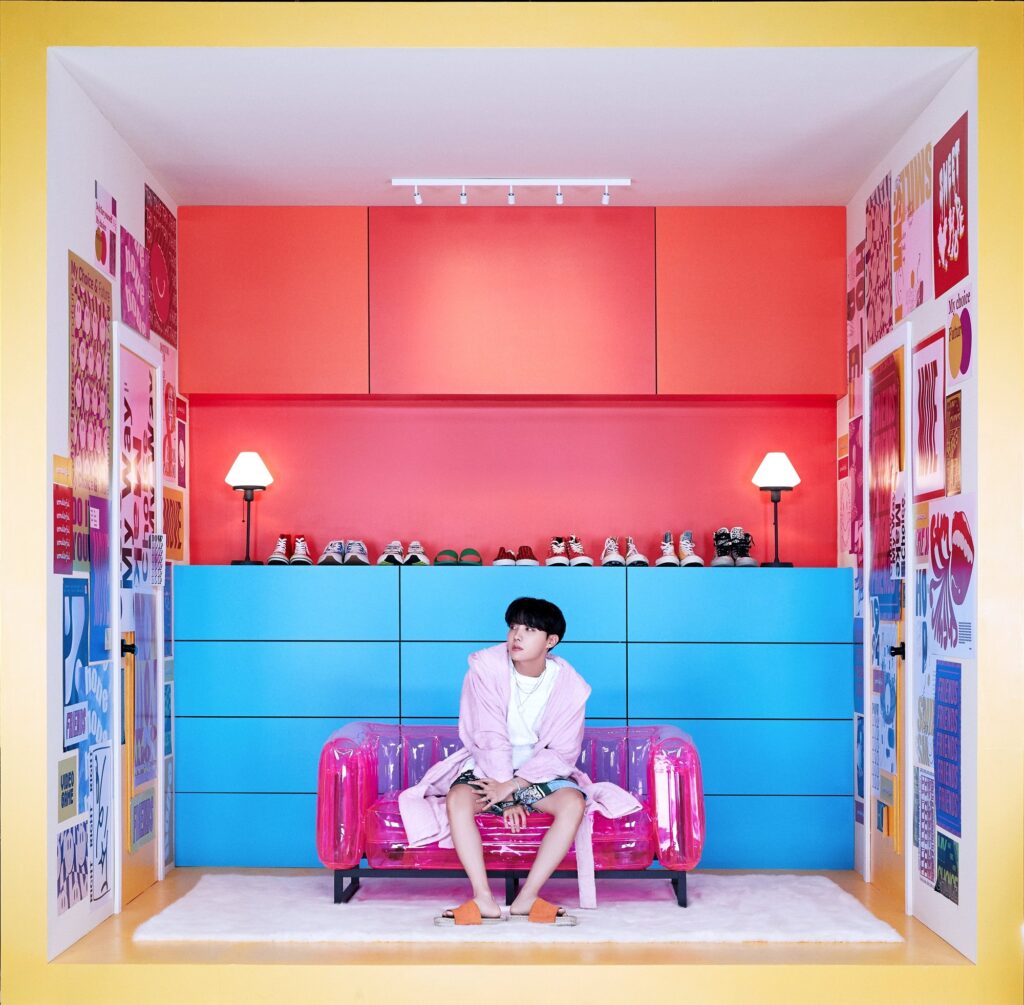
This starkly contrasts with its deeply contemplative lyrics that the rap line and Jimin helped write. “Dis-ease” captures two similar but distinct ideas by breaking up “disease” into two parts in the title. There is a touch of dry humor in this choice considering COVID-19, while the lyrics contemplate the idea that everyone suffers with a “disease,” though it does not have to be a physical ailment.
J-Hope’s early verse connects to the stay-at-home orders when many suddenly had so much time. The rapper thinks about his inability to rest, and his uncertainty of what to do when he is not constantly working:
The uncomfortable happiness that has come to me suddenly
24 hours, I have so much time
Even if I sleep all day long, there’s no problem now
It feels like I should be doing something to the point my body shatters
These lyrics contemplate the other side of the “dis-ease” title: the unease that comes as a consequence of J-hope’s—and maybe the rest of the BTS members as well—“disease.” In typical BTS fashion, they reflect on society’s role, as the lyrics go, “I’m confused whether it’s the world or me who’s diseased / Even when I take off my glasses, the darkness doesn’t get blurred.” Are these “diseases” only unique to each individual? Do they originate in us, or do the societies and larger world we are part of create and sustain them?
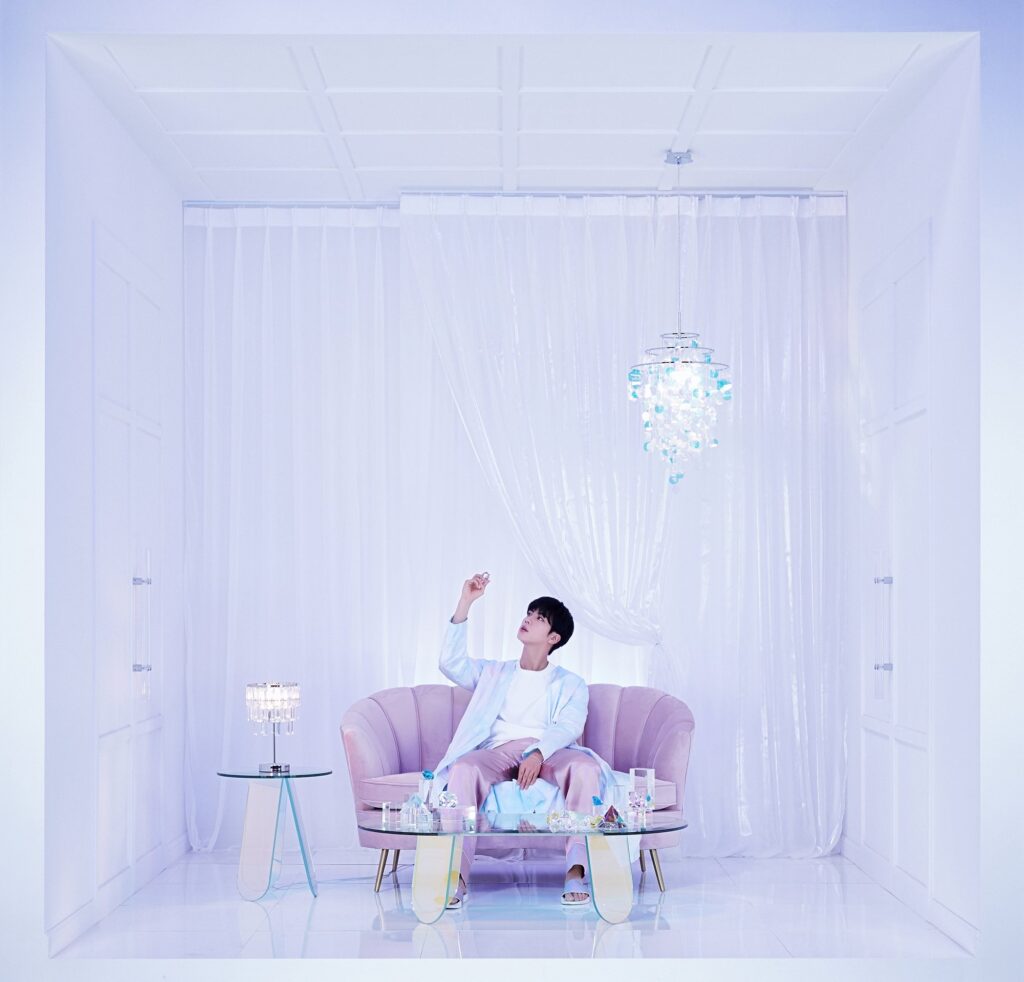
The sub-unit for “Stay,” composed of RM, Jin, and Jungkook—who all contributed lyrics—focus on a simpler thought, but one that resonates nonetheless with listeners. The three sing of wanting to be together with their fans during this time, and their ability to do so, although they may be separated. In his verse, RM raps about how they should not be worried about the distance between them: “Wherever you are, / why would that matter at all / We connect to 7G / It ain’t the end of the world.” BTS—and artists around the world—cannot have in-person concerts, but there is at least technology that preserves this connection.
Though unconventional for BTS, this future house track diverts from the eclectic experimentation that characterized “Dis-ease” with its straightforward lyrics and instrumentals. Typical of an EDM song, “Stay” builds up to a lyrically empty chorus, save for the repetition of “I know you always stay.”
While some may have qualms with BTS dipping their toes into this genre, after “Dis-ease,” “Stay” is welcome in its simplicity. This track also brings up the energy for “Dynamite” to close BE. Furthermore, “Stay” is clearly a concert song: one can almost imagine the audience simultaneously getting hyped and emotional as RM, Jin, and Jungkook sing about “staying” as the beat drops.
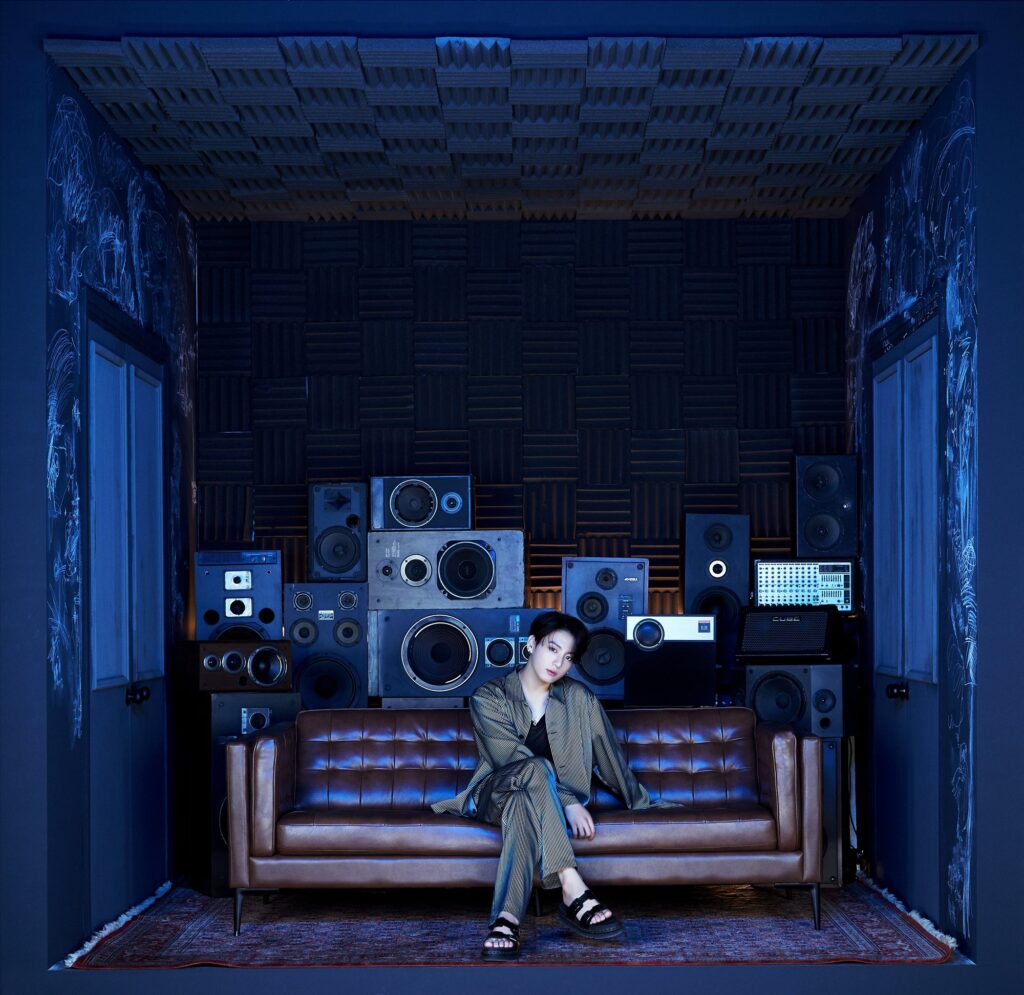
BTS experiment some more with “Telepathy,” which was called “funky” in a press release before the album dropped. The opening, as with “Stay” and “Dis-ease,” is particularly fun with sliding elements that chime in between the electronic piano notes. “Telepathy” is a track that makes you want to move and sing along; unfortunately, the heavy-handed use of autotune detracts from a next-level enjoyment level where this vocal manipulation is not the dominant focus. The autotune probably would not have been as noticeable nor as much of a point of frustration if BTS had not used it as much in their previous songs, since the autotune in “Telepathy” does seem to flavor the chorus and add an edge.
Similar to the story told in “Stay,” the fifth track of BE talks about meeting ARMY. Naturally, because of the pandemic, face-to-face meetings cannot happen. However, “telepathy” still exists between the artists and their fans: “Even when I’m not next to you, yeah / We all know we’re together.” Unlike “Dis-ease” where the members considered the culture of overworking, in “Telepathy” they find a positive about all of the free time they acquired because of COVID-19 lockdowns.
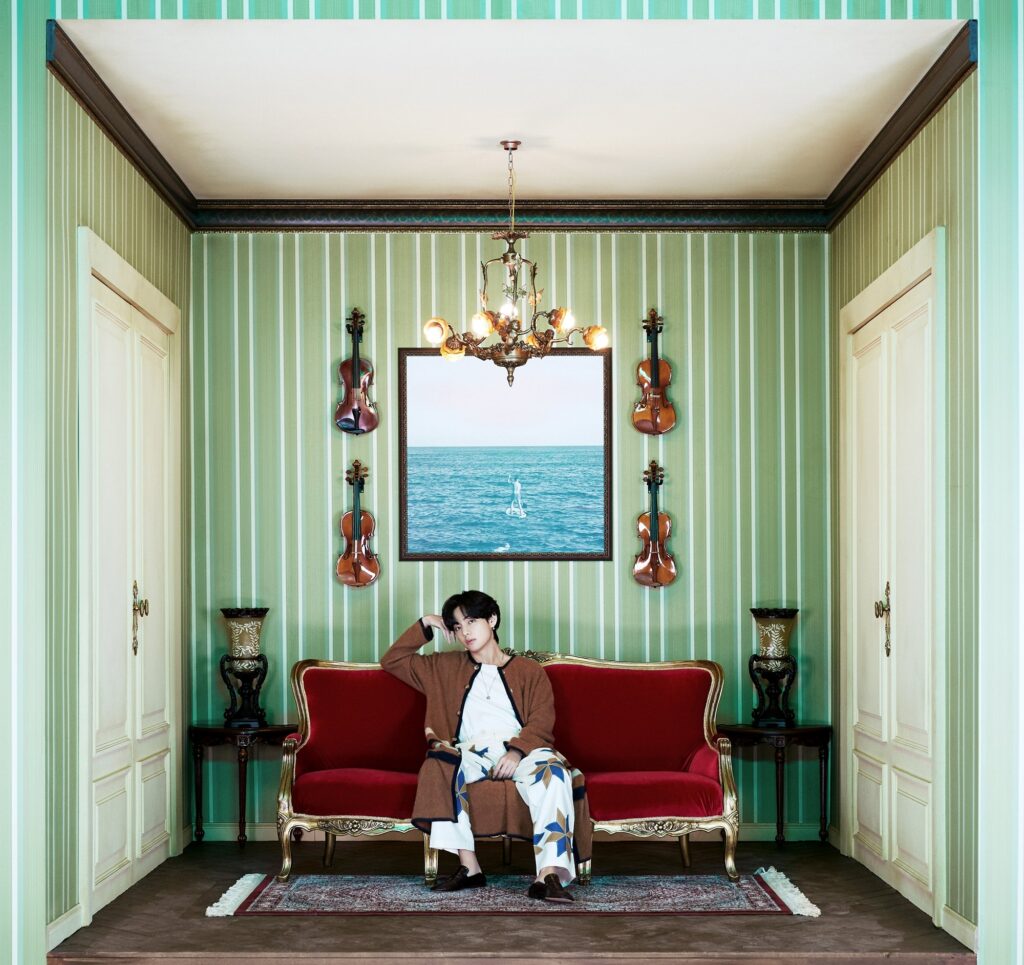
BTS go further to share their vulnerabilities in “Blue & Grey.” Proving to be a fan favorite, V and singer NIve created this track together. Funnily enough, the greatest number of producers worked on “Blue & Grey,” but the song does not feel like there were “too many cooks in the kitchen,” a criticism of Map of the Soul: 7.
Once the guitar starts playing, V’s touch is obvious, as images of “Winter Bear” and a bit of “Scenery” come through as he sings, “Where is my angel.” BTS focus on the essence of “being” through the prominence of their breaths in the song, especially Jungkook’s. This addition and the subtle heartbeats make their vulnerable words feel even more personal in this auditory signal that they are, in fact, alive.
However, “being” is not a word thrown out casually; there is always tension, always a push-and-pull. A lyric of the chorus of “Blue & Grey” goes, “I just want to be happier,” which contrasts with the line in “Telepathy,” where they are “happiest when [they] meet you.” These emotions are not unique to a global pandemic context since these lyrics can be felt deeply whenever someone is struggling at any time in their life. As BTS do, they reach out a hand after they express their own difficulties with those similar feelings:
Don’t say you’re okay
because you aren’t
Please don’t leave yourself alone, it hurts me so much
“Blue & Grey,” contrary to its title, ends on a hopeful note. In the final chorus, Jin sings, “In the distant future, when I get to smile, / I’ll tell you that there was such a time.”
This optimism prevails in the title track, “Life Goes On.” We are all experiencing COVID-19, its stress and its tragedy. BTS keep their heads up about this reality we are currently living together and encourage listeners to do the same. The message and relatability may outweigh the downfalls of the track for some, but it is difficult to ignore the unfortunate emphasis on autotune—yet again—and the high notes that become a little too much by the bridge and final chorus. Otherwise, “Life Goes On” provides that moment to slow down, breathe more deeply, and continue on.
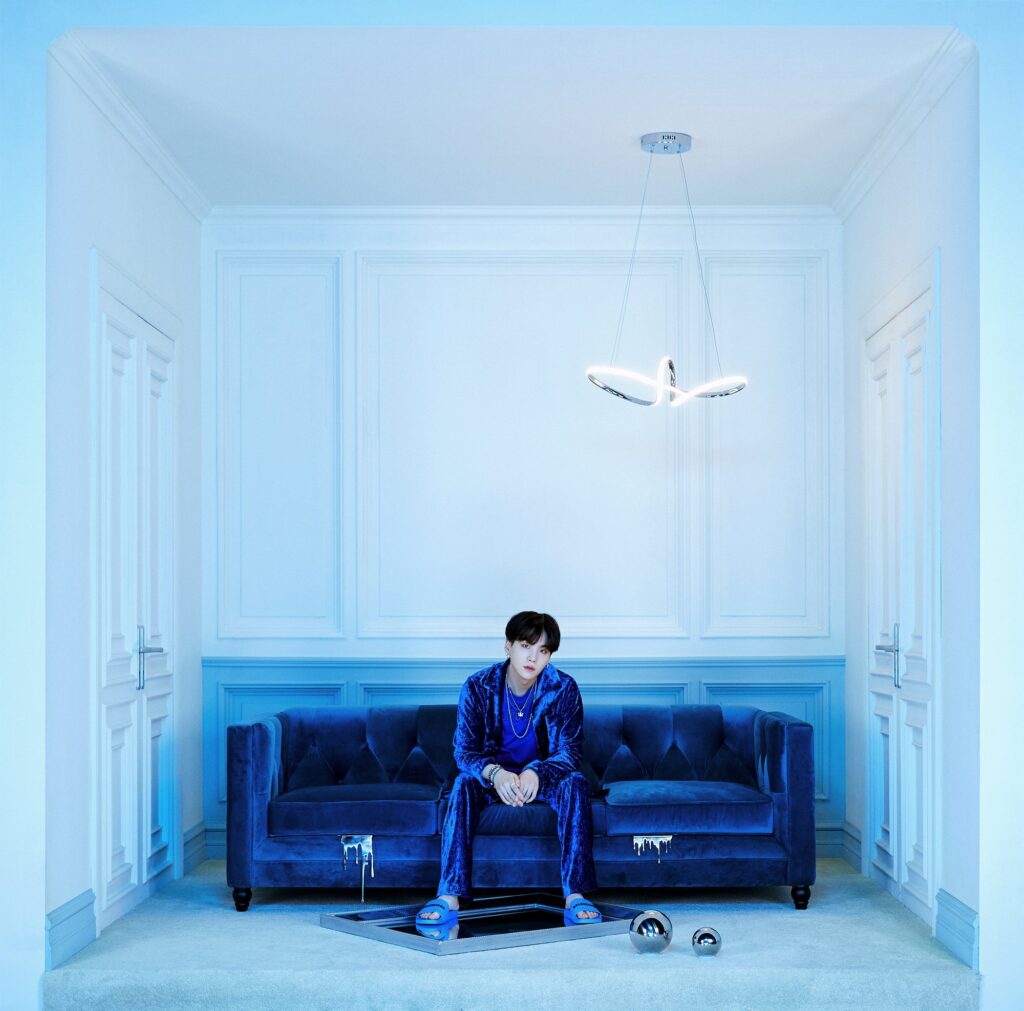
“Fly to My Room” is one of the strongest songs that best express this concept of “being” (the other honor goes to “Blue & Grey”). This sub-unit—Suga, J-hope, Jimin, and V—brings an upbeat track to accompany their adventures. While the reasons for these lighthearted travels inside of their rooms are sobering to think about, the four find the humor as they “zoom” through their memories and imaginations.
They do not ignore their complex relationships with these spaces, however. Their rooms sometimes trap them but also protect them, which is undeniable in the line, “Sometimes, even when this room becomes a trash can of emotions / it holds me.” One can picture their rooms filling up—and maybe overflowing—with the emotions they have experienced in the past few months, which are now caught between their four walls. Suga contemplates this complicated dichotomy as he raps earlier,
This room is too small,
yeah, to contain my dream
My bed, I land on it
This is the safest place
Happiness, sadness, whatever emotion it is,
this place just takes it in
So much of their “being” is captured within this space of theirs.
They express this idea visually in the concept photos for BE, as all of the members sit on a couch in the center of their individual square rooms. The size of the space does not change from image to image, but what is in between the four walls does to reflect the personalities of each member. The limitations of the room can sometimes box you in—BTS are literally inside of boxes—but in a world ruled by a global pandemic, “This room is all [they] have,” as sung in “Fly to My Room.”
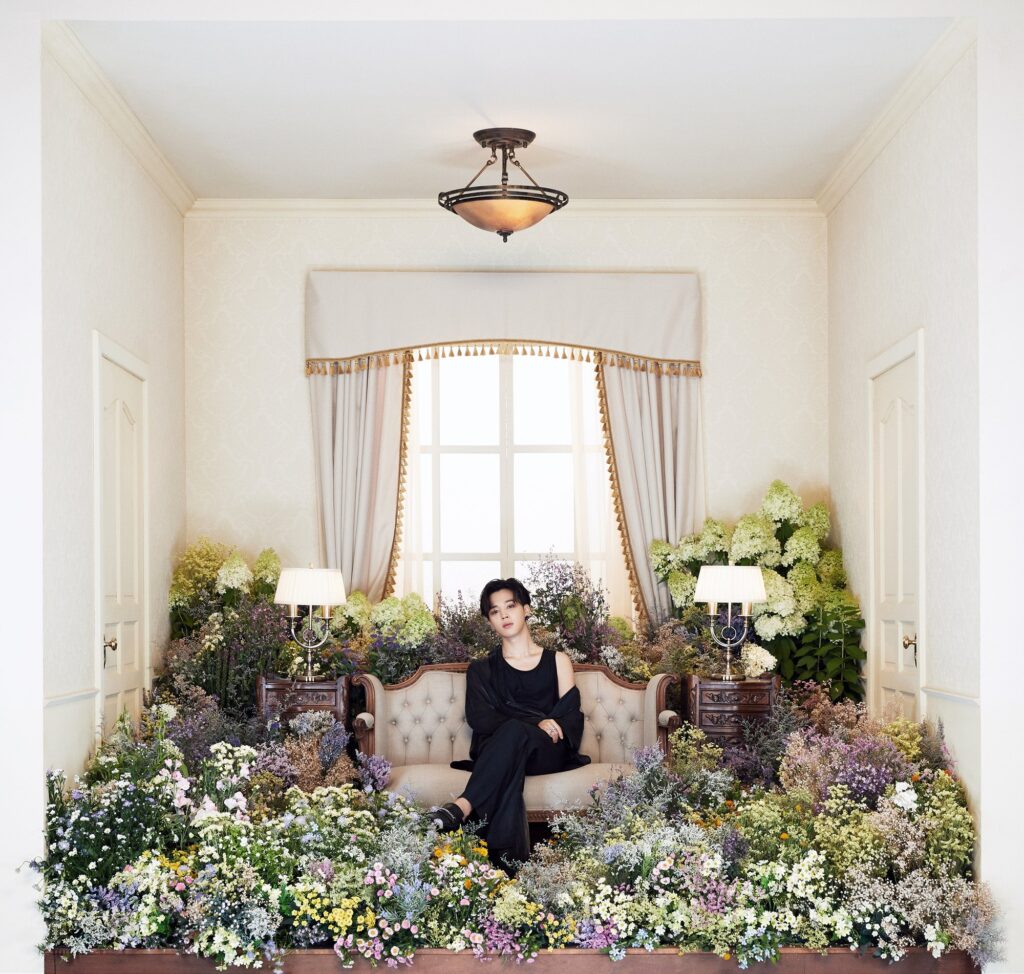
Regardless, their spaces have become unique extensions of themselves in the concept photos, although most of the members do not directly interact with the objects alongside them, save for Jin who looks at a jewel. Since viewers can see the outermost border of the rooms, this lack of a fourth wall allows us to enter into their worlds. We are invited into their expressions of who they are, while they simply exist.
This quietness is clear in the cover of the album. Lyrics from “Life Goes On,” as handwritten by RM, accompany the simple black and white palette. The sparse juxtaposition between all color and the absence of color deceives the eye. However, it is the music of BE that reveals BTS’ colors—their struggles, frustrations, hopes, and joy burst through the lyrics of each track.
The symbolic hearts of BTS are subtly included in the cover design as well: the BTS logo at the bottom of the cover; the middle line of the “E” in “BE” that is stylized like a dash to indicate the connection of two things, possibly BTS and ARMY; and the “B” that looks like an unbroken 13, as in June 13, 2013.
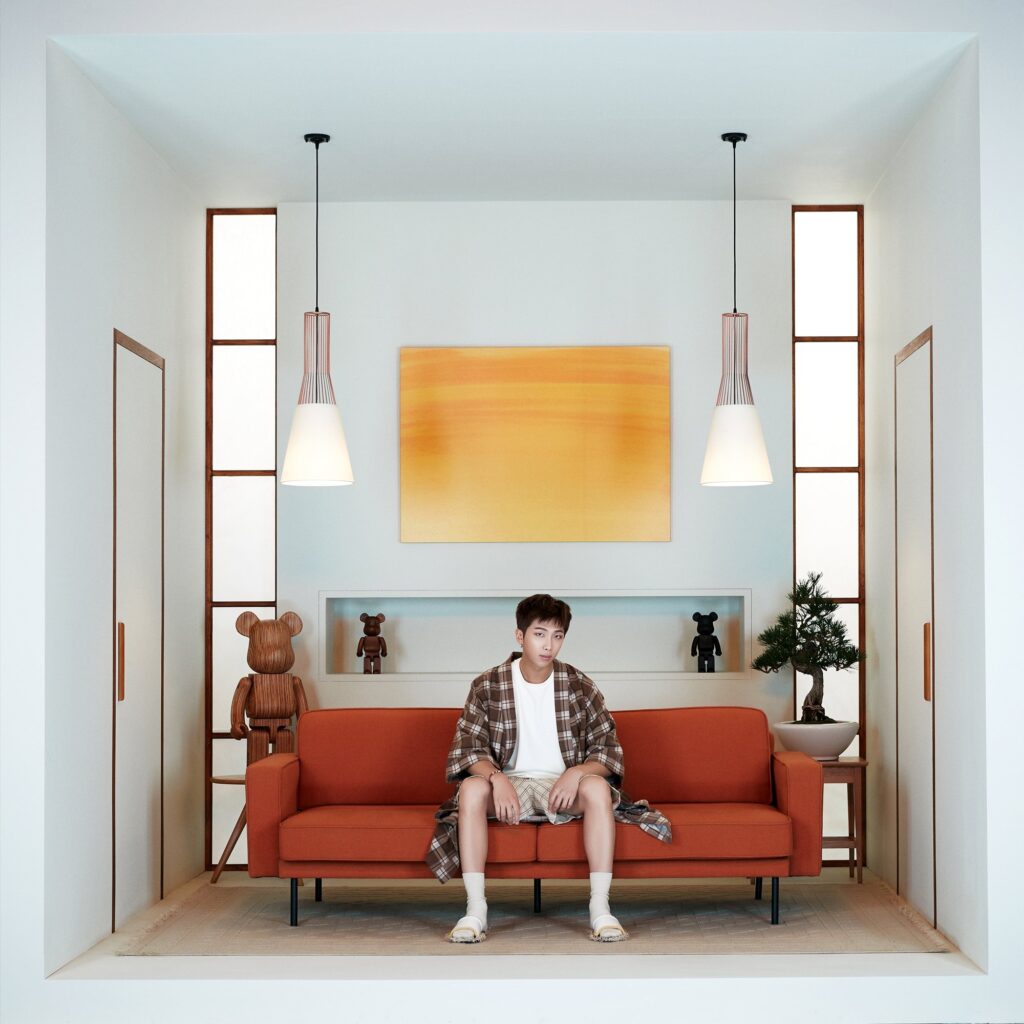
The power of just being—being present, being in the moment and being with your emotions—is often overlooked, particularly in a culture that places immense value on “productivity.” Thus, BE is an appropriate title for BTS’ latest album, especially in relation to COVID-19 and the uncertainty and instability that dominates our world right now.
BE was created in the midst of a global pandemic, and BTS’ lyrics reflect this unique reality. Yet, the core of these stories they tell are not only restricted to this experience. BTS are masters of crafting moving stories and openly share their vulnerabilities and struggles through their music, as evident in BE. Just as we are by their sides in their artistic journey, they are with us, holding our hands in mutual comfort.

